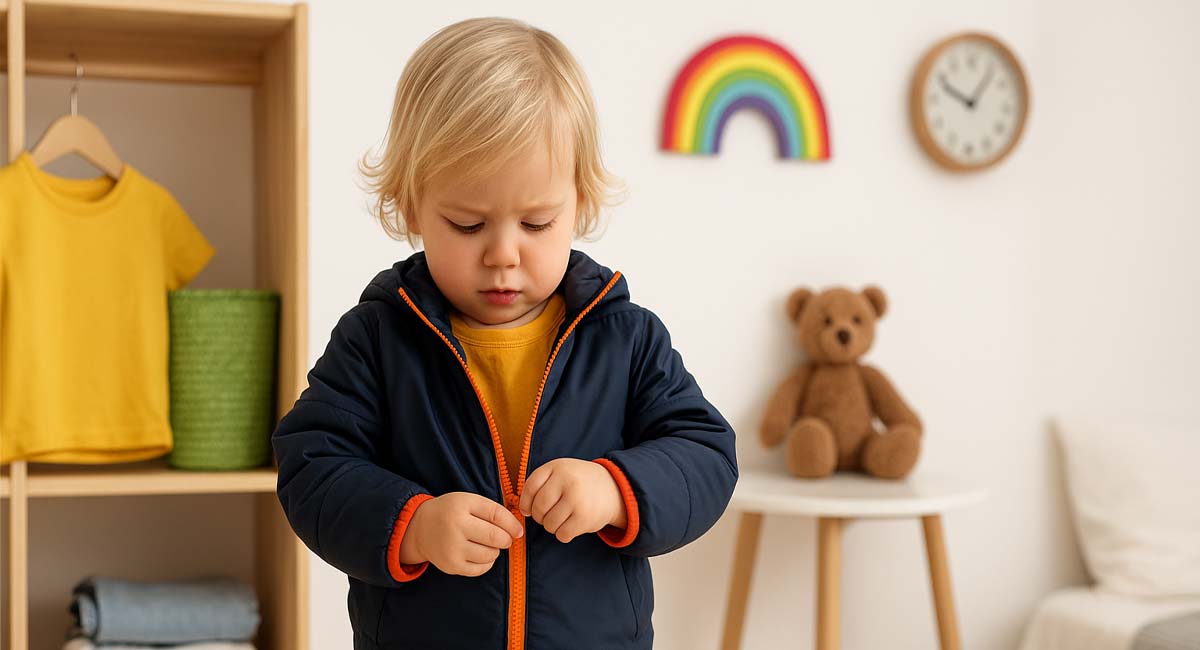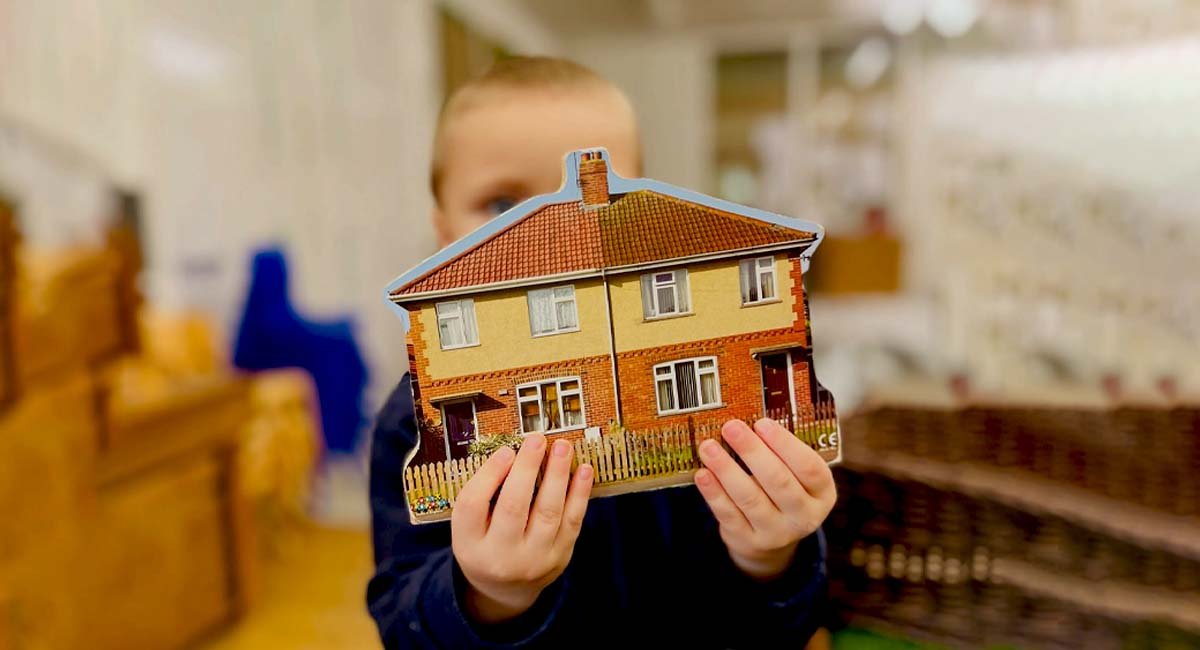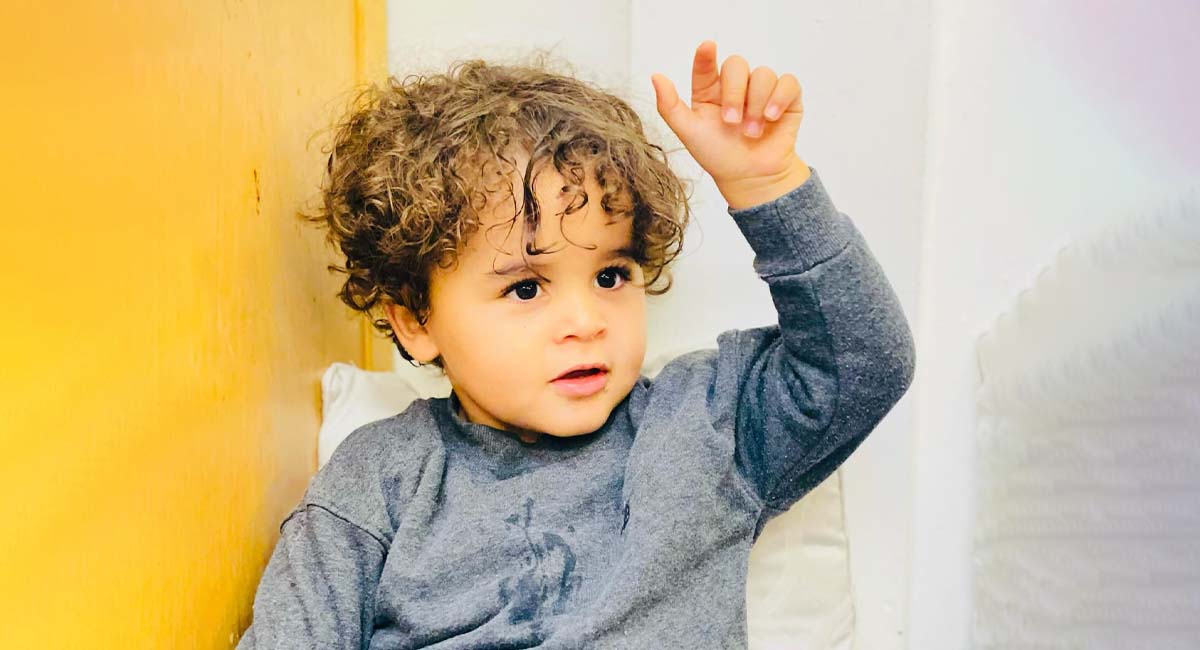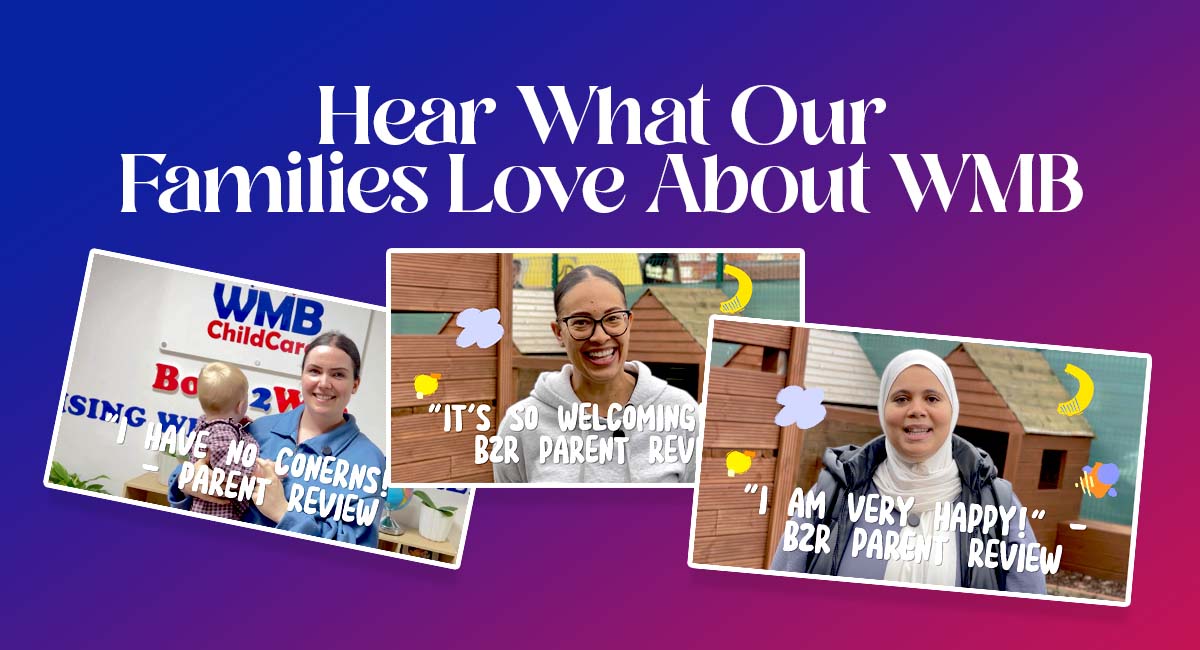How WMB Childcare Supports Children Learning to Get Dressed
For adults, getting dressed is second nature — we don’t think twice about putting on a jumper or tying our shoes. But for a child, this everyday task is a huge developmental milestone. It’s not just about clothing; it’s about confidence, independence, problem-solving, and motor skill development. At WMB Childcare, we know that learning how to get dressed is one of those “little big things” — and we’re here to support children and families every step (and sock) of the way.
1. Why Learning to Dress Matters So Much
When your child starts learning how to put on their own clothes, something beautiful happens — they begin to believe in themselves. But the benefits go well beyond self-esteem:
✓ Confidence and Self-Reliance
Mastering the ability to get dressed gives children a sense of achievement. It says: “I can do this by myself.” This autonomy builds trust in their abilities, which spills over into other daily tasks.
✓ Motor Skills Development
Getting dressed uses gross motor skills (like standing on one leg to pull up trousers) and fine motor skills (like fastening buttons, pulling zippers, or looping shoelaces). Every attempt strengthens these abilities.
✓ Cognitive Growth
Dressing involves memory (what comes first: socks or shoes?), sequencing, and logical thinking. These are important building blocks for school readiness.
✓ Language & Communication
When children talk about clothes — colours, textures, weather-appropriate items — they naturally expand their vocabulary and descriptive language.
✓ Routine Awareness
Dressing helps children understand the concept of time and purpose: “We wear our coat because it’s cold. We change into pyjamas before bed.” These routines bring comfort and structure to their day.
✓ Preparation for School Life
Being able to dress and undress is a key school readiness skill. It’s especially important for activities like P.E., toilet trips, and outdoor play — where a little independence makes a big difference.
2. How WMB Childcare Helps Your Child Master Dressing Skills
At WMB, we weave life skill development — like getting dressed — into our everyday rhythm of care, learning, and play. Here’s how we do it:
✓ Daily Practice with Gentle Guidance
We give children time and space to try putting on their own coats, shoes, or dressing-up clothes. Our team is there to guide, not rush. It’s never about perfection — it’s about progress.
✓ Step-by-Step Techniques Like Backward Chaining
We use a teaching strategy called “backward chaining,” which means children first complete the final step of dressing (like pulling up trousers) and then gradually take on more of the process. This helps build confidence by allowing them to feel successful early on.
✓ Child-Led Choices to Build Ownership
We encourage children to choose between two outfits or socks — giving them a sense of control and decision-making, while learning about appropriate clothing for weather or occasions.
✓ Dressing-Up Corners for Playful Exploration
In our dressing-up zones, children explore costumes and role-play outfits. Not only is this fun and imaginative, but it helps them practise putting on and taking off clothes in a relaxed, pressure-free setting.
✓ Extra Support for Children with Additional Needs
Every child is unique. For children with motor delays, sensory sensitivities, or SEND needs, we take a personalised approach — working with families and professionals to find what works best for them.
3. Helping Children with Additional Needs Learn to Dress
At WMB Childcare, every child is seen, heard, and valued. We understand that for some children — especially those with additional needs or disabilities — learning to dress can present unique challenges.
Whether it’s:
✓ Sensory sensitivities (e.g., certain textures feeling uncomfortable)
✓ Delays in motor development
✓ Trouble with sequences and routine
✓ Physical limitations or coordination challenges
We adapt our approach to meet their individual needs.
Here’s How We Support:
✓ Personalised Strategies: We work closely with parents, health visitors, and therapists to create tailored dressing routines and techniques.
✓ Adaptive Tools: Where needed, we support the use of sensory-friendly clothing, Velcro alternatives, or visual step charts.
✓ Small Wins, Big Smiles: We celebrate every small achievement — knowing that for some children, putting on a single sleeve is a major victory.
✓ Staff Training & Patience: Our team is trained in supporting children with SEND and approaches every interaction with empathy, encouragement, and flexibility.
Because no child should feel left behind — and every child deserves the joy of saying, “Look what I can do!”
4. What You Can Do at Home
Supporting your child’s independence at home doesn’t have to be hard or time-consuming. Here are some tried-and-tested tips:
✓ Start with Undressing: Taking off clothes is often easier and builds early understanding of how garments work.
✓ Use Simple Clothing: Try elastic waistbands, Velcro fasteners, and loose-fit clothes to start.
✓ Break it Down: Teach one item at a time — e.g., socks first, then trousers, then tops.
✓ Make It Fun: Use mirrors, sing songs, or turn dressing into a game or race (with lots of laughter).
✓ Give Them Time: Choose low-pressure times, like weekends or evenings, to let them practise.
✓ Celebrate Every Success: Even if their jumper’s on backwards, praise the effort — that’s what builds confidence.
5. The First Step: Teaching Children to Put On Their Coat
One of the first dressing skills we teach at nursery is how to put on a coat. Why? Because children often need to take it on and off during outdoor play, transitions, and home time.
We teach the “coat flip trick” — where children lay the coat on the floor, stand at the neck end, slip in their arms, and flip it over their heads. It’s fun, empowering, and always met with a proud smile!
6. Supporting Parents and Families
We know that milestones like dressing are deeply personal — and every child develops at their own pace. At WMB, we partner with you to share strategies, celebrate wins, and offer guidance when challenges come up. Our open communication with families means you’re never alone on the journey.
7. Ready to Help Your Little One Grow with Us?
At WMB Childcare, we’re passionate about nurturing more than just academic skills — we nurture life skills. Whether it’s zipping up a coat, tying a shoe, or choosing what to wear, we see each step as a moment of victory and growth.
Want to find out more about how we support independence, confidence, and school readiness? Submit an enquiry today — we’d love to welcome you and your little one into the WMB family.








